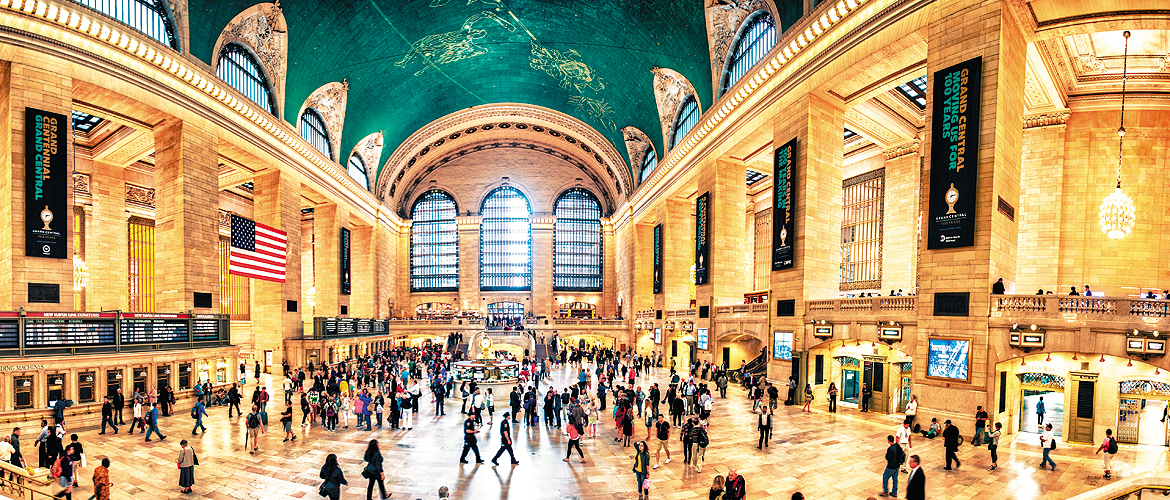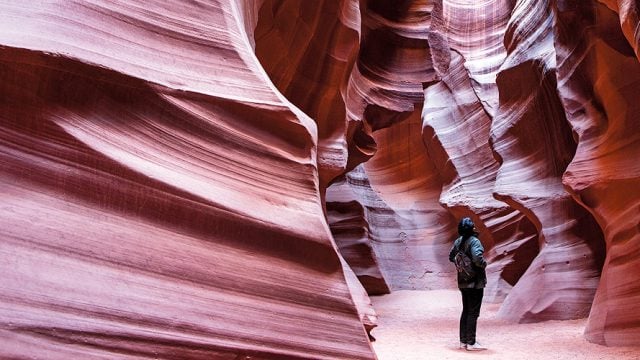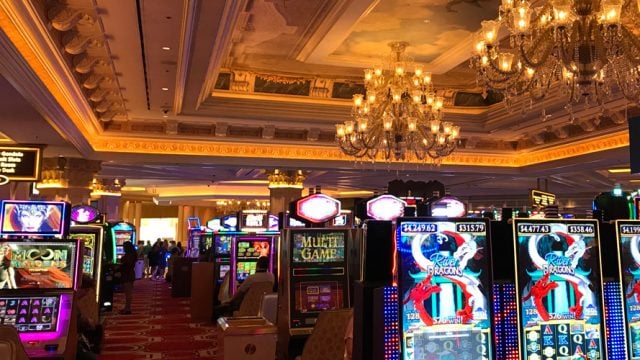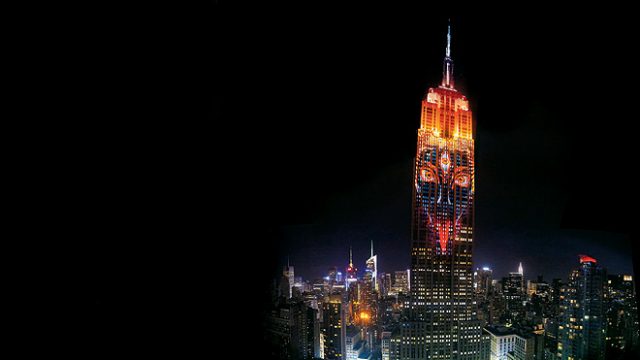Long before you set foot in New York, you know it like the back of your hand.
In keeping with the troubled zeitgeist of our times, I arrived in New York on the eve of a terror attack. Just hours ago, an Uzbeki immigrant had plowed his pickup into a bike path next to the Hudson River, killing eight people and injuring several others. Five of the fatalities belonged to a party of Argentinians, in town to celebrate a 30-year school reunion as part of a pact they had made years ago.
It was heartbreaking, but New York had taken it in its stride. They didn’t even call off the Village Halloween Parade. Some might call it indifference, others resilience. Shortly after flying in, in what was merely a show of solidarity, I embarked on a bar crawl in Hell’s Kitchen.
After a night of debauchery, I awoke inexplicably early, and peeked out of my hotel window. As the sun rose, I had my first view of the most famous art deco building in the world. To be accurate, I was seeing a reflection of the Chrysler on the glass façade of the MetLife. New York is all impossibly giddy skyscrapers, and there was certainly a time, in living memory, when people came here only to look at them.

I was staying at the Grand Hyatt New York, a no-less-iconic edifice. Now in its 100th year, it opened on January 28, 1919, as the Commodore Hotel. With 2,000 guest rooms (now they are fewer and bigger), and the largest hotel lobby in the world at the time of opening, it was already pretty grand. Innovations included a special automobile lift to carry guests in their own automobiles directly from the street level to the grand ballroom. The hotel also boasted adjoining bathrooms to each guestroom and an unlimited supply of pure, filtered water, both considered “a model of modern sanitary ingenuity”.
The location has always been unbeatable. The hotel sits right next to Grand Central Station, where a few train lines and a million dreams converge. Popular tourist attractions like the Empire State Building and Times Square are just short walks away. And now you know how the Grand Hyatt brand got its name.

Of course, it looks nothing like its former self, having undergone several transformations. The first was in 1967. The hotel eventually became rundown and, in 1977, was facing the prospect of foreclosure, like several buildings in the neighbourhood. Donald Trump and the Hyatt Corporation took it over, a partnership the staff only mention in hushed whispers (it collapsed in full media glare in 1996, with the Hyatt’s Pritzkers buying out Trump’s half-share). On Sept 25, 1980 the hotel reopened, with an all-glass façade and completely new interiors. It has kept up with the times, being renovated thrice since then, the latest in 2011, when internationally renowned artists were commissioned to create new artworks to revitalise the hotel.

Sculptor Jaume Plensa’s larger-than-life figures, ‘Awilda’ and ‘Chloe’, reminiscent of the Moai sculptures of Easter Island, now grace the grand lobby. One of the sculptures stands in a ‘water wall’ adjacent to the entrance, while the second is perched on a white onyx stone plinth by the arrivals and departures area. The dream-like sculptures have been fashioned from the same white macael marble used in ancient Roman columns. Murals depicting snapshots of New York by Norwegian artist Per Fronth serve as a backdrop in the guest rooms, as well as in their signature restaurant, New York Central’s wine gallery. Colourful panels by German artist Burghard Muller-Dannhausen are displayed in the new Gallery on Lex event space.

The renovation did not leave the 1,306 guestrooms and suites untouched, which now evoke the mood of a ‘sexy Manhattan apartment’ with a sophisticated colour palette, luxurious textures and top-notch artwork. My own suite was a calming sanctuary, the perfect retreat after the hustle and bustle of the streets below.

What is the Big Apple without its crowds anyway? Some are commuters, and they lend New York what E.B. White in his 1946 essay called its ‘tidal restlessness’. Many are tourists like me, hurtling from one attraction to another. On my woefully short three-day trip, I crisscrossed the city constantly, on foot and by subway. Manhattan’s neat grid of avenues and streets makes it almost impossible to get lost but I did succeed in losing my bearings somewhere in the Meatpacking District. Although New York’s yellow taxis are endearing symbols of the city, I stuck to the speedier subway. Chugging along since October 9, 1863, it’s, unsurprisingly, a bit creaky now. Once you crack it though, it’s poetry in motion. They even have poetry installations on the subway trains. Sample this gem I came across:
All we want is to succumb to a single kiss
that will contain us like a marathon
with no finish line, and if so, that we land
like newspapers before sunrise, halcyon
mornings like blue martinis. I am learning
the steps to a foreign song: her mind
was torpedo, and her body was storm,
a kind of Wow. All we want is a metropolis
of Sundays, an empire of hand-holding
and park benches. She says, “Leave it all up to me.”
—Major Jackson

Although I was the proud possessor of a CityPass which allowed me access to a bevy of sights, in the end the sights chose me (my frenetic social calendar wasn’t helping either). I took in two of New York’s most venerable museums, the American Museum of Natural History and The Metropolitan Museum of Art (or, simply, The Met), both lovely, feet-torturing behemoths.

The American Museum of Natural History is a beast so ancient and venerable, it is something of a museum exhibit itself, which is what I’ve always felt about the National Museum in Kolkata. The nature dioramas of stuffed animals are stunning, if a bit creepy. The museum’s most popular attractions are undoubtedly the dinosaur skeletons (or, possibly, fossils of dinosaur skeletons), but what set my pulse racing was the Rose Center for Earth and Space. At its heart is the 87-foot diameter Hayden Sphere, which appears to float inside a glass cube. The sphere’s upper half consists of the Hayden Planetarium, with a 429-seater Space Theater, where a Zeiss Mark IX Star Projector and a Digital Dome Projection System create the most stunning images of planets, stars, galaxies and so forth. Yes, I’m a sucker for stuff like that. The Met is no less extraordinary and, in the space of an afternoon, you can observe several millennia of art from around the world. Don’t miss the American masters like Edward Hopper and the revelatory galleries of ancient Polynesian art. If you’re intent on doing a proper job, you could spend weeks inside New York’s museums.


Then there is New York’s biggest surprise, quite literally. The concrete treeless jungle of downtown Manhattan doesn’t quite prepare you for the 843-acre woodland of Central Park hiding within, with its own impressive list of sights and attractions. I didn’t miss the Statue of Liberty either, except I didn’t get on to one of those pricey tourist ferries which take you to Liberty Island. You get a perfectly acceptable view from the Staten Island Ferry, and it’s free. Except, half the people on the boat seemed to have the same idea, and they lined up for the return ferry as soon as we disembarked. For a city I had assumed to be reassuringly immoral, New York has a lot of churches. And they’re beautiful, just beautiful. The Cathedral of St John the Divine and St Patrick’s Cathedral are not to be missed.

Depending on your interests, there is a New York for everyone: the architecture lover’s New York, the movie buff’s New York, the foodie’s New York, the shopaholic’s New York…I’m told there’s even a wellness lover’s New York. My own New York is a pastiche of memories: As a flaneur, coming across a striking building, and realising it was Carnegie Hall. Chatting with a friend late into the night on a bench in front of the Flatiron building. Taking that same friend, who has lived in New York for over a decade, up to the observation deck of the Empire State Building which he’s never been to. Walking over the steam vents on the pavements as a hedge against the cold. Pitying the long queue of shivering mobile junkies in front of the Grand Central Apple Store the night before the launch of the iPhone X. The de rigueur and disappointing Indian meal which nevertheless couldn’t mar a meeting with a dear veggie-Gujju friend who flew down from Atlanta to see me after a gap of 25 years. Having papaya juice (yes, such a thing exists) from the genial Egyptian vendor across the Empire State Building. Munching piping hot 99-cent pizza slices at 3am. Retail therapy at Macy’s. Being complimented for my scarf by a perfect stranger on the subway. As a fanboy, desperately searching for the indisputable star of the Elementary TV series, the brownstone which serves as Sherlock Holmes’ New York residence (in the fictional world, it’s set in Brooklyn; in the real world, it is allegedly in Harlem—nothing elementary about the failed search, however). Subconsciously shying away from the 9/11 Memorial.

And many more, etched indelibly on my mind.By the end of the trip, I was dispensing advice on subway routes to hesitant commuters. If I had stayed a week longer, I’d have an accent to rival Priyanka Chopra’s. The truth, kind or cruel depending on your point of view, is simply that New York is inexhaustible. You have to keep coming back for more. And I have no quarrel with that.
USA
New York
International





